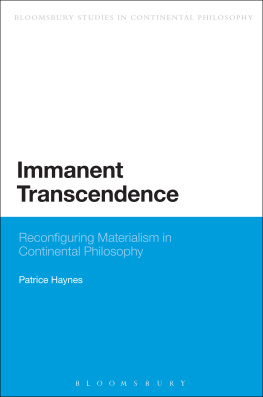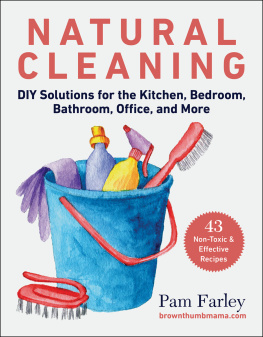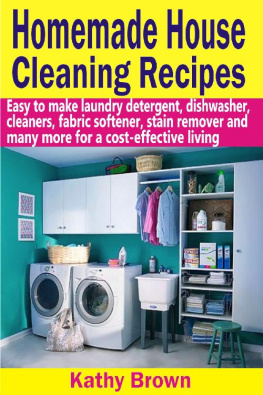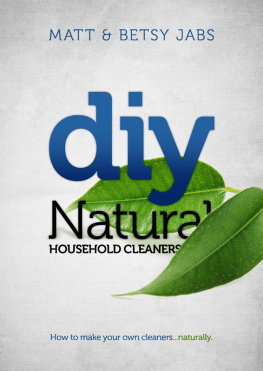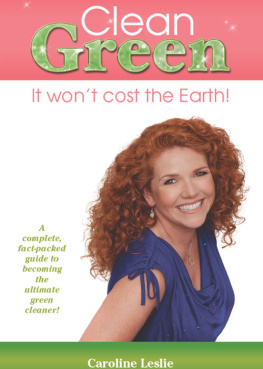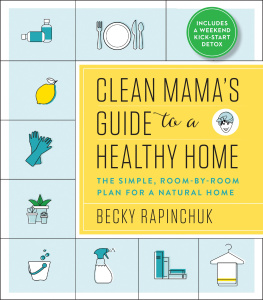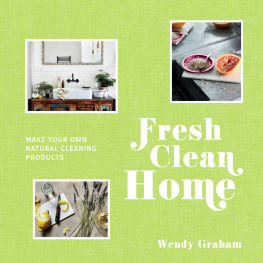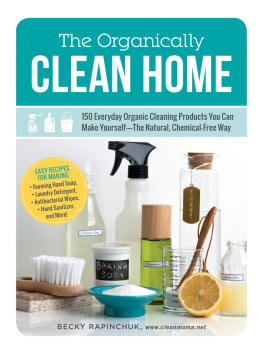DEDICATION
For Michael, my father. Thanks for helping me in so many practical ways over the decades.
Copyright 2009, 2015 by Alison Haynes
All rights reserved. No part of this book may be reproduced in any manner without the express written consent of the publisher, except in the case of brief excerpts in critical reviews or articles. All inquiries should be addressed to Skyhorse Publishing, 307 West 36th Street, 11th Floor, New York, NY 10018.
Skyhorse Publishing books may be purchased in bulk at special discounts for sales promotion, corporate gifts, fund-raising, or educational purposes. Special editions can also be created to specifications. For details, contact the Special Sales Department, Skyhorse Publishing, 307 West 36th Street, 11th Floor, New York, NY 10018 or .
Skyhorse and Skyhorse Publishing are registered trademarks of Skyhorse Publishing, Inc., a Delaware corporation.
Visit our website at www.skyhorsepublishing.com.
10 9 8 7 6 5 4 3 2 1
Library of Congress Cataloging-in-Publication Data is available on file.
Cover design by Rain Saukas
Cover photographs: Thinkstock
Print ISBN: 978-1-63220-274-1
Printed in China
Acknowledgments
The author and publisher would like to thank the following Australian companies for supplying products for photography.
Canningvale , Phone 1800 801 178, for the towel (p. 184); Castone , 31 Ocean Street, Woollahra NSW 2025, Phone (02) 9363 5794, for the cushions (p. 211); Funkis Swedish Forms , 23c Curlewis Street, Bondi NSW 2026, Phone (02) 9130 6445 for the natural brushes (cover, pp. 1, 4, 389, 68, 298, 334); Humble Beginnings , 209 Avoca Road, Randwick NSW 2031, Phone (02) 9326 4383, for the slippers (p. 267) and the nightie (p. 268); Off Centre , 110 Curlewis Street, Bondi NSW 2026, Phone (02) 9365 7111, for the mixing bowls (pp. 823); and Papaya Studio , 15B Transvaal Avenue, Double Bay NSW 2028, Phone (02) 9362 1620, for the silk throw (p. 211).

contents
managing your house
Housekeeping is about so much more than cleaning a house. Until the fifteenth century, cleaning was a peripheral activity to the central tasks of preparing food, gathering and chopping wood and other fuel, keeping the house warm, and getting water. Laundry is not much of a problem when you dont have a change of clothes. When the animals that are your livelihood need feeding, whos going to worry about dust on the mantel?

What is the clever house?
Now that we live in a time of excesses, we have new considerations. Our precious belongingsbe they laptops, loofahs, or lingerieneed caring for. These days we think more about the environmental impact of our actionswhether its flushing cleaning-product residue down the drain or the amount of clean water and fossil fuels we use in heating water to wash our clothes. We are increasingly aware that just because a chemical removes stains effortlessly or a paint lasts year after year, it does not guarantee that its nontoxic and safe near children, or even safe to use regularly.
Added to that, we want our houses to be havens. Somewhere we can escape to, away from the daily grind of weekly grocery shopping, office politics, and playground banter. Our houses are more than roofs over our headsthey are also our homes.
Clever housekeeping incorporates a number of interrelated ideas: that a house should be healthy, that living in it and maintaining it should not take an undue toll on the environment, and that it should be comfortable and safe to live in, not unnecessarily expensive to maintain, and efficient to run on a day-to-day basis.
The cleverest of clever houses incorporates all of these aspects. In fact, it is hard to do otherwise. For instance, when you choose to clean your bathroom with safe and gentle baking soda instead of a store-bought cleaner, you are not only making a green choice that could save money and has less impact on the environment, you are also creating a healthier and safer home environment for you and your family. When you plant a deciduous tree that will shade your house in summer and allow light and warmth in winter, you are making a green choice that could ultimately represent a savings on your power bill (a savings for both you and the environment), increase the comfort of your home, and contribute to a healthier atmosphere. Clever, indeed!
So lets take a closer look at all the aspects of a clever house.
Healthy house
A healthy house benefits from sufficient fresh air entering, with enough ventilation to ensure indoor air pollutants are regularly removed. Good ventilation also ensures a house is not too humid, which in turn helps keep it free from excessive mold and bacterial growth.
A healthy house is supportive and considerate of allergy sufferers. Simple measures can helpletting beds air, opening windows for ventilation, keeping sinks clean, and keeping a check on mold growth around plugs and faucets. Knowing how to effectively clean and, where necessary, disinfect around the house keeps bacterial populations below disease levels. It also encompasses knowledge of the cleaning products we use that may irritate or even poison in the wrong doses and in the wrong hands. The more we know about the chemicals that we encounter every day, the more we can make informed choices about their use.
A healthy house accommodates the various needs of all members of the family even the family petand still remains healthy.
Increasingly, too, the notion of a healthy house covers choices in furniture, carpets, curtains, and decorating optionswe dont put lead in paint anymore, but are there other substances in some paints we might wish to avoid if we knew more?
Green house
An environmentally friendly house is an energy-efficient and comfortable onewarm in winter, cool in summer, light enough in key rooms, and pleasant to be in because it is well ventilated and smells fresh. The green house takes less of a toll on the environmentand also on the pocket. Ideally, it is sited and landscaped to take maximum advantage of the suns light and warmth in all the seasons of the year. It relies less on nonrenewable energy sources (such as coal) by making the best use of low-impact, renewable energy sources (such as sun and wind). The green house is a low-polluting one, not only in terms of the energy sources it uses, but also in the products that are used within its walls. Because it is also a healthy house, the green householder chooses organic cleaning products in preference to harsh and polluting chemicals. Water is conserved and reused when possible.

Recycling is a vital component of the green philosophy. From water and organic waste to recyclable building materials and packaging, the green house minimizes the production of garbage and landfill. The options available to householders for reducing the impact of their homes on the environment are growing daily and range from actions as simple as choosing reusable cloth bags over plastic at the supermarket to solar water heaters, signing on to green power sources, and even selling solar-produced electricity back to the local grid.




